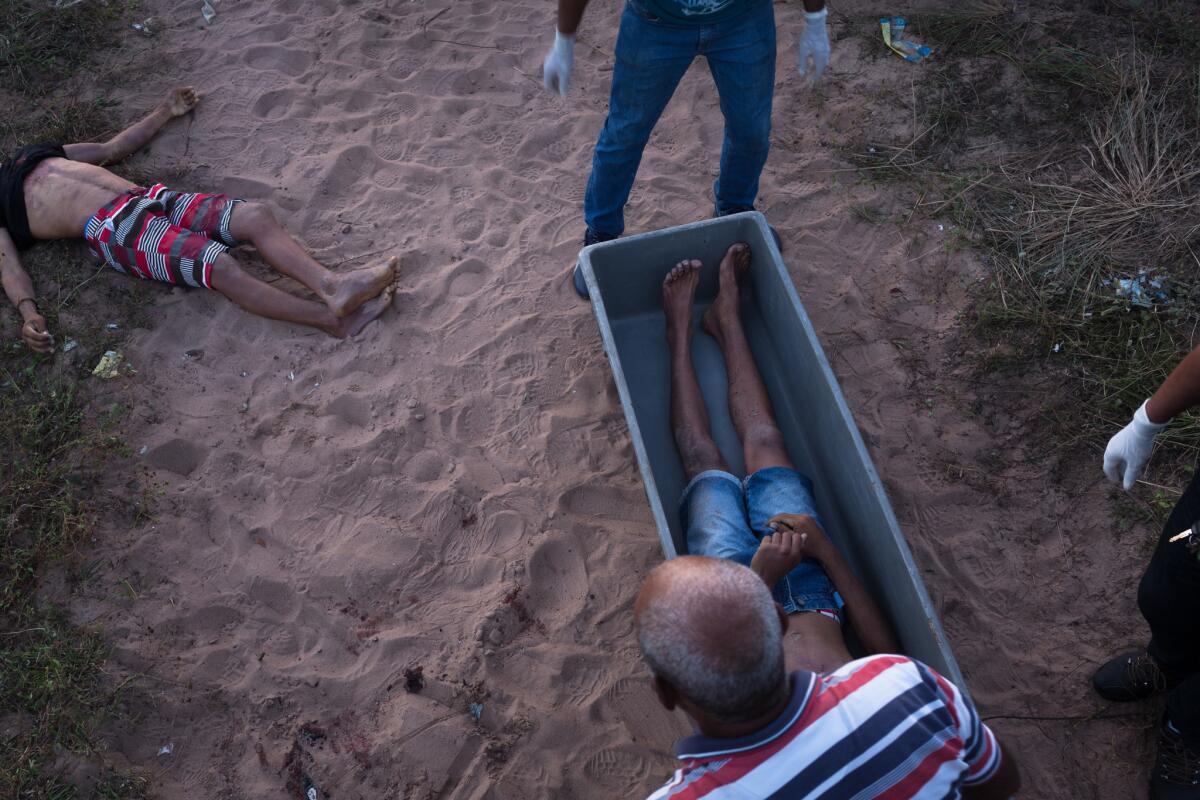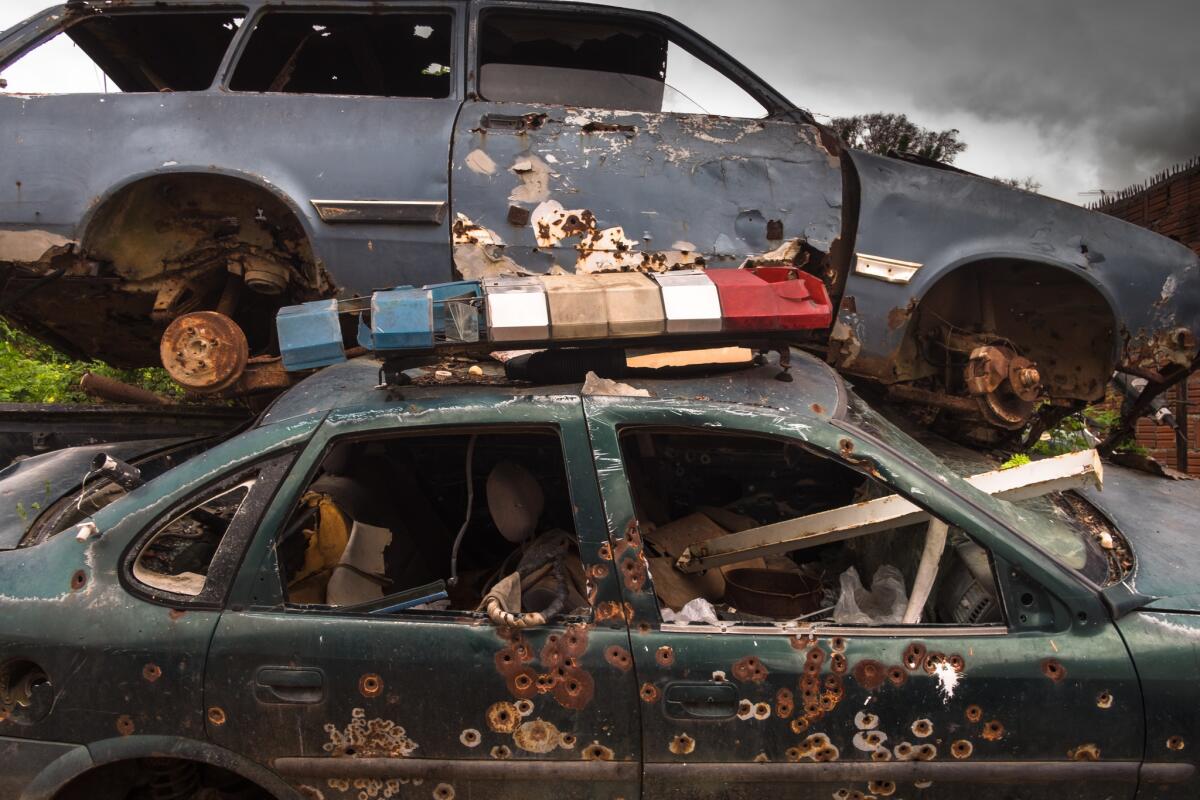The bodies keep piling up in Brazil’s Rio Grande do Norte, one of the most deadly places in the world


Violence in Natal, the capital of the state of Rio Grande do Norte in northeast Brazil had already reached astronomical levels well before a prison rebellion at Alcaçuz State Penitentiary killed 26 inmates. The number of homicides in the state increased 232% between 2005 and 2015, according to the 2017 Atlas of Violence, compiled by the Institute of Applied Economic Research. In the first eight months of 2017, 1,558 people were murdered, up 25.5% over the same period last year. On the weekend of August 18-20 alone, 23 people were victims of homicide.
Marcos Brandão, the director of Rio Grande do Norte’s criminal investigation unit (Itep) since October of last year, says he has seen the number of violent deaths in the region steadily increase since his days as a crime scene investigator. There was a particular surge in 2014, when the PCC started making its presence known, and many of the people who end up in his morgue appear to have died because of gang-related violence.
He now sees an average of eight violent deaths per day — which also include deaths by suicide and other violent accidents — but that number can sometimes reach up to 14. Not many years ago, that average was just two.
Because of the increase in homicides in the state, the institution’s nine pathologists struggle to keep up with the number of bodies they receive on any given day. Brandão says he is in the process of hiring more doctors to work at Itep, which is a division of the civil police, and is currently renovating part of their workspace to make room for more refrigeration units. He still, however, has to send samples for DNA testing out of state, because Rio Grande do Norte has yet to implement its own lab.

Start your day right
Sign up for Essential California for news, features and recommendations from the L.A. Times and beyond in your inbox six days a week.
You may occasionally receive promotional content from the Los Angeles Times.



